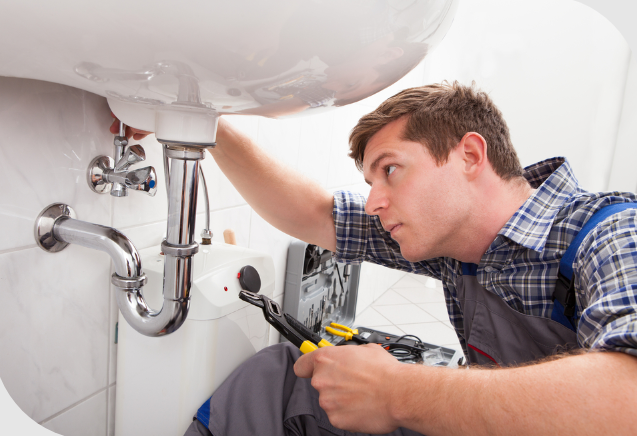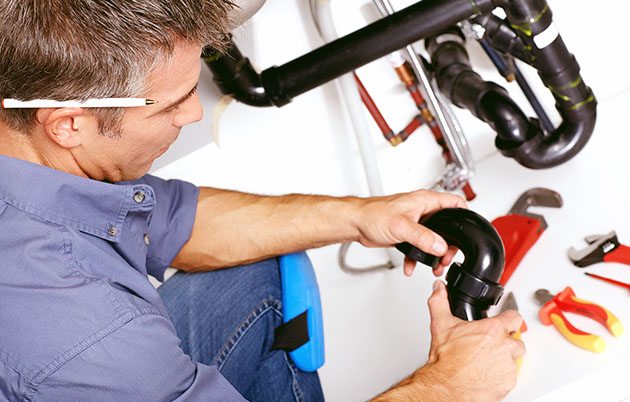With another hot and dry summer approaching, many cities and municipalities are introducing new water conservation measures in an attempt to reduce water consumption during the dry summer months according to plumbing. To this end, many are starting to install water meters for billing and moving from a flat rate system to a user-pays system. This plumbing tactic seems to make sense because a home with two family members doesn’t have to pay as much for water as a home with six residents who use a lot more water.
As our water systems evolve more and more, we need plumbing to make much smarter use of things like water, which we have long taken for granted.

You need to make sure that water does not leak from unnoticed leaks in your system. Many unnoticed leaks allow not only water but also your money to go down the drain. To help detect invisible leaks, check your water meter (if you have one). Some homes may consume more than 10% of standardized leaks, and this waste of water is detrimental to you and the environment.
There are several reasons why you might want to look into your water meter. First, you may be interested in knowing how much water do you use per day? By comparing the meter readings at the beginning and at the end of the day, you can determine how much water you and your family used. When you and your family start using water-saving measures, you can easily see how much water you are saving.
The second reason is to check for water leaks. If you think you have a leak, turn off all taps in your home. Then look at your water meter and if you see it still moving, chances are you have a leak somewhere.
Leaking toilet plumbing

Toilets are a common source of undetected leaks. Unbeknownst to you, hundreds of liters of water can be wasted every day.
Leaks often occur due to the faulty condition of component parts of the equipment that need to be replaced or repaired. Here are some simple tips on how to tell if your toilet is leaking:
– Listen to the toilet. If you hear the sound of running water, your toilet is leaking.
– Add food coloring or another color to the toilet cistern and wait 20 minutes. If the water in the toilet takes on the color of a dye, then there is a leak.
Replace your old toilet, which is the biggest consumer of water in your home.
If your home was built before 1992 and you never changed your toilet, it is very likely that you do not have a 5-liter water-saving cistern. You can lift the lid of the cistern and see the manufacturer’s mark on the back of the cistern, which shows the model and date of manufacture.
Crane leaks
Remember plumbing to periodically check all taps and pipes so that if a leak is found, defective parts can be replaced in time. A leaking tap can waste drinking water in one day, the amount necessary to keep a person alive for a whole week.
Replace your washing machine, which is the second-largest consumer of water in your home.
Plumbing methods for eliminating water leaks in a room

- Damage caused by water leaks can be worse than we think. Water leakage is a common plumbing problem. However, it is difficult for households to carry out checks and identify leaks. It all comes down to locating the leak. Sometimes leaks are hidden and cannot be detected without the proper equipment and skills. If you are experiencing low water pressure in your home, then you should try to resolve this issue. Here’s what you can do to find potential water leaks:
- Check your water bill
The first thing you can do is see if there is a significant increase in your water bills? Check your water meter. First, make sure all taps and showers are closed and that no water is used up in your home. The next step is to check the water meter to see if it is moving or not? If the water meter is stationary, then there is nothing to worry about. If it is moving, then something is wrong here.
